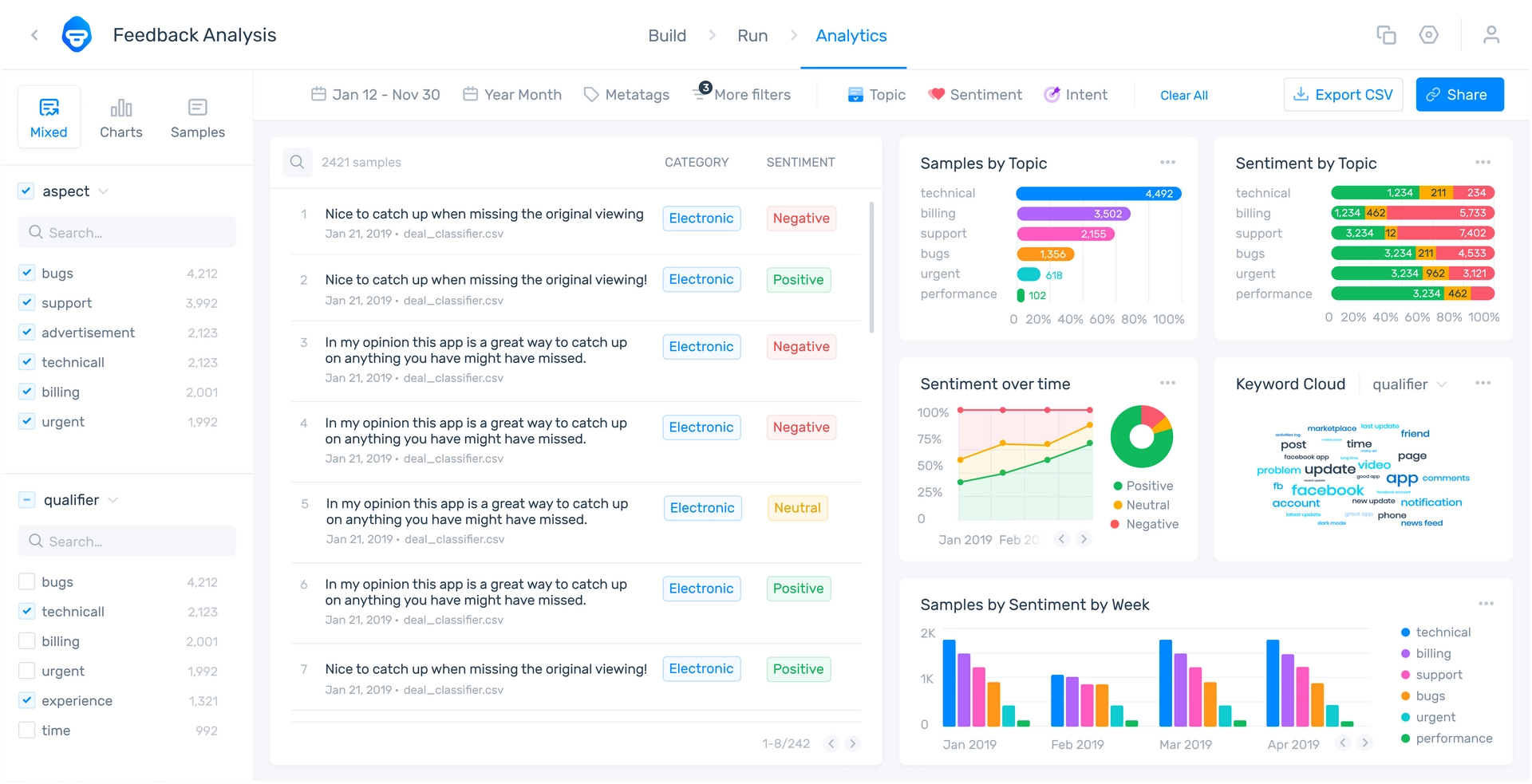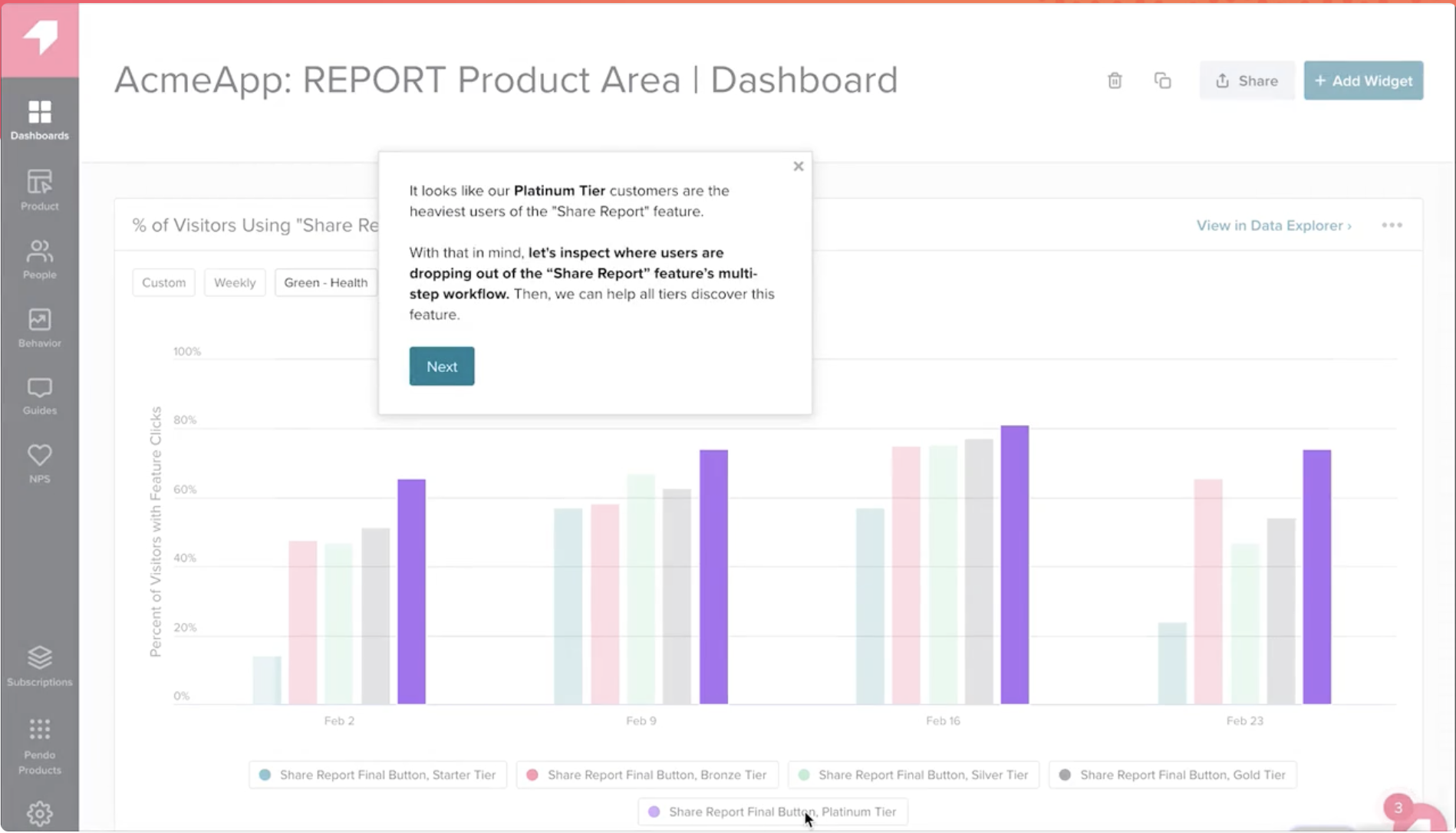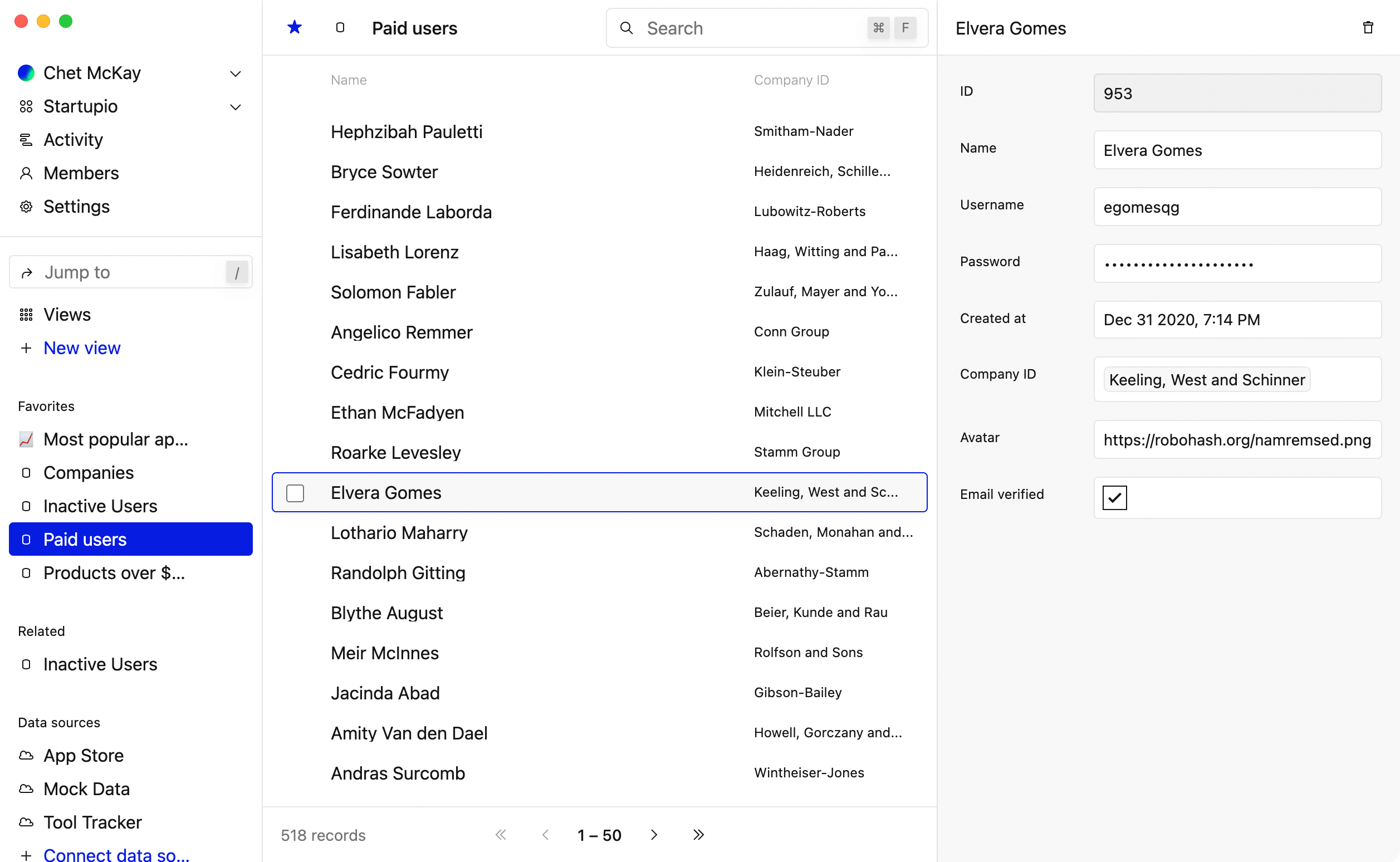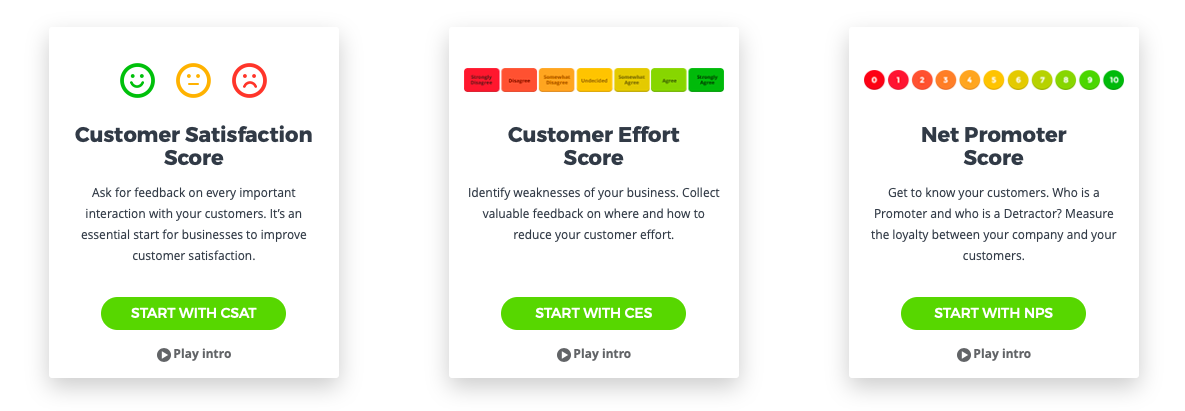Equipping your support team with contextual customer data is one way to lower that effort.
In today’s connected world, we have an unprecedented opportunity to gather and analyze data. Data is everywhere!
Most companies have access to data through apps, webpages, coupon codes, etc. Software as a Service (SaaS) and Internet of Things (IoT) technologies are especially suited to understand virtually all aspects of how their products are used. But who should have access to this data, and what should it be used for? Data that sits idly by in a data warehouse or software solution isn’t providing any value.
The value to your organization is making the data accessible to the people who can use it to improve your customer experiences. And who most frequently speaks to your customers? Support!
There are many uses for customer data. Often data is used to help improve the product or drive investment into specific markets or feature sets. However, these important use cases should be supplemented with preparing your support team to provide a better customer experience. In this article, let’s explore what data can help support be more effective and how to get that data to your agents.
 Choosing the data your support team needs
Choosing the data your support team needs
Your company likely collects all kinds of information. Therefore it is essential to understand what data has value and how to share it. If details are available in a medium that is difficult to access, complicated to read or analyze, or not guaranteed to be accurate, you may actually reduce efficiency. Each of the questions below represents an opportunity to determine what data your support agents need to provide service quicker without adding extra effort for the customer or other teams.
What are the most common triage questions you ask customers?
You can likely use data you already have to answer the common questions your support agents ask to understand a customer situation or environment. For example, browser details, version numbers, contact information, error codes, etc,. may already exist inside a database or CRM. Asking questions that you already have the answer to can hurt customer experience by increasing the customer effort required to resolve their issue.
Which tools do agents regularly access to find information to help close tickets?
If you have a series of tools, internal or third-party, that support uses to gather customer data during an investigation, which of those tools integrates into your ticket management system? Or how can that data be exposed in a way that doesn’t require context switching by the agent or manual searching and parsing? List the specific pieces of information that support needs and explore how they can be made available with fewer manual steps.
Which details are most vital to confirm accurately versus requiring a customer to recall?
This question is especially important in a SaaS or IoT company. You almost certainly know which widget was used when something broke or when and what the customer did to get into a situation where they needed to contact support. You shouldn’t need to ask a customer to recall the last steps they took when you likely have internal, auditable, accurate logging of each of those steps and can review them yourself and ask the customer to confirm their intentions.
What data is most often requested from a senior support or engineering team to help solve a case?
When you need to contact another team to retrieve frequently required data, it wastes time across all stakeholders. The customer’s ticket takes more time to resolve, the agents must wait on an answer, and the other team member must stop their day job to look something up. Identify areas where you can expose this data to support agents directly and you will speed up your entire process.
 Using data for better customer context
Using data for better customer context
Depending on the nature of the data and how it is used, there are different ways to present it to support. Any context that can provide guidance or reduce manual steps will help your agents be more successful. The guidance could mean anything from initially directing the ticket to the right agent based on language, timezone, or product to displaying complete context on the customer and their recent actions. There are many tools in the software space that can help you gather this context. Here are examples of different ways to get data to your support team.
Real-Time Context
Some tools can gather customer data and present it to the agent immediately, which gives them helpful context without switching tools or asking questions. This context can include recent activities, log files, links to critical widgets, historical customer data, already open tickets, customer health, etc. TheLoops is a software integration offering a series of connectors that brings all that data into your ticket management tool as well as follows your escalations to Slack, Jira and other tools so everyone has complete context.
Improving time-to-expert and directing tickets based on location, urgency, or sentiment shifts can all improve your customer experience. Natural Language Processors, such as MonkeyLearn, can do this in real-time and allow your agents more time to focus on the work they are good at and less time figuring out what to work on.

Product tracking tools commonly owned by a product or development team, are also an excellent tool for support. They allow an agent to follow the steps and recreate a customer’s actions accurately. Tools like Pendo can also help the support team identify problem areas and build real-time guides to improve self-service and reduce repetitive questions.

Most software companies have a database full of metadata and logging information that can paint a beautiful picture of an issue. Unfortunately, access to this wealth of detail is usually limited to specific teams and requires an agent to rely on someone else to gather. Basedash is a tool that exposes that data in a readable, searchable way and gets support agents direct access to data that can help diagnose or correct customer issues fast.

Automated Context
In high-volume, high-repeatability ticket environments, it might be in your best interest to use context to deflect tickets and make the customer experience self-service. For example, Uber might receive thousands of refund requests per day, but all for different amounts. A tool like Kodif can help this process appear seamless to the end-user. They request a refund, select the trip impacted, and the automation goes and gets all the context to decide on what action is needed, and then does it. All without support involvement, but very much representing a savings of support time.
Similarly, chatbots and knowledge bases can help resolve common issues, but context is key when they are unable to. You must avoid situations where a customer has typed in their issue, doesn’t find an answer, and then is forced to repeat the problem to a person. Tools like Amazon Connect and Solvvy will take the context the customer provided and send it to the agent in real-time, allowing the agent to pick up where the automation left off.
Feedback Context
Survey feedback provides more useful knowledge for your agents. For example, if you know a customer has recently given a poor NPS score or is very critical of the product quality, you can change your tone or provide a little extra care for them to help turn the situation around. Nicereply helps you to gather valuable feedback which your agents can use in order to best serve your customers.

Do-it-Yourself Context
In all of these examples, tools exist to help you drive better experiences. But third-party tools aren’t required. Driving value through context is about figuring out how to get helpful information to your agents. For example, you can accomplish this goal internally through better supportability features in your product and better metadata in your CRM.
It doesn’t have to be expensive or time-consuming. Even simple changes to your website and support pages can help with these initiatives. For example, when you return a product to the store, do they require you to have a receipt, or look up your purchase history using your credit card? If a representative has access to purchase history data, it is a lower effort for your customers and a better customer experience overall.
 Context is the Future of Support
Context is the Future of Support
Customer experience is a differentiator, and one of the main drivers of a positive CX is lower customer effort. Equipping your support team with contextual customer data is one way to lower that effort. As we have discussed above, there are numerous ways you can make effective use of data you already collect through creative solutions.
Setting your support team up to have more contextual conversations provides your customers with a faster, better experience. It gives your customers peace of mind that you truly want them to succeed with your products and services. As your customers become more accustomed to unique and specific support solutions, support departments that do not use these techniques will lag behind others.








